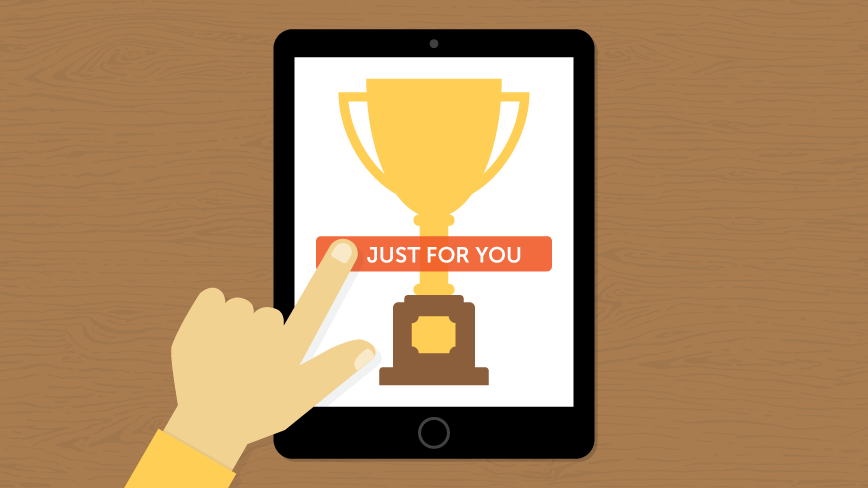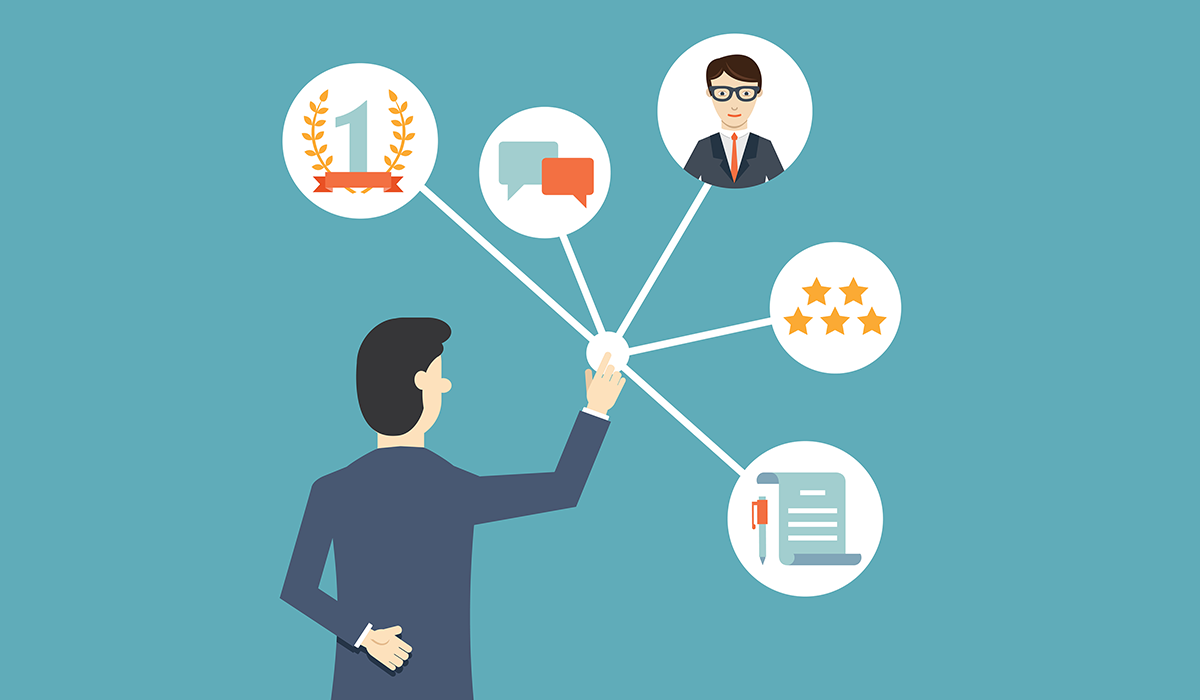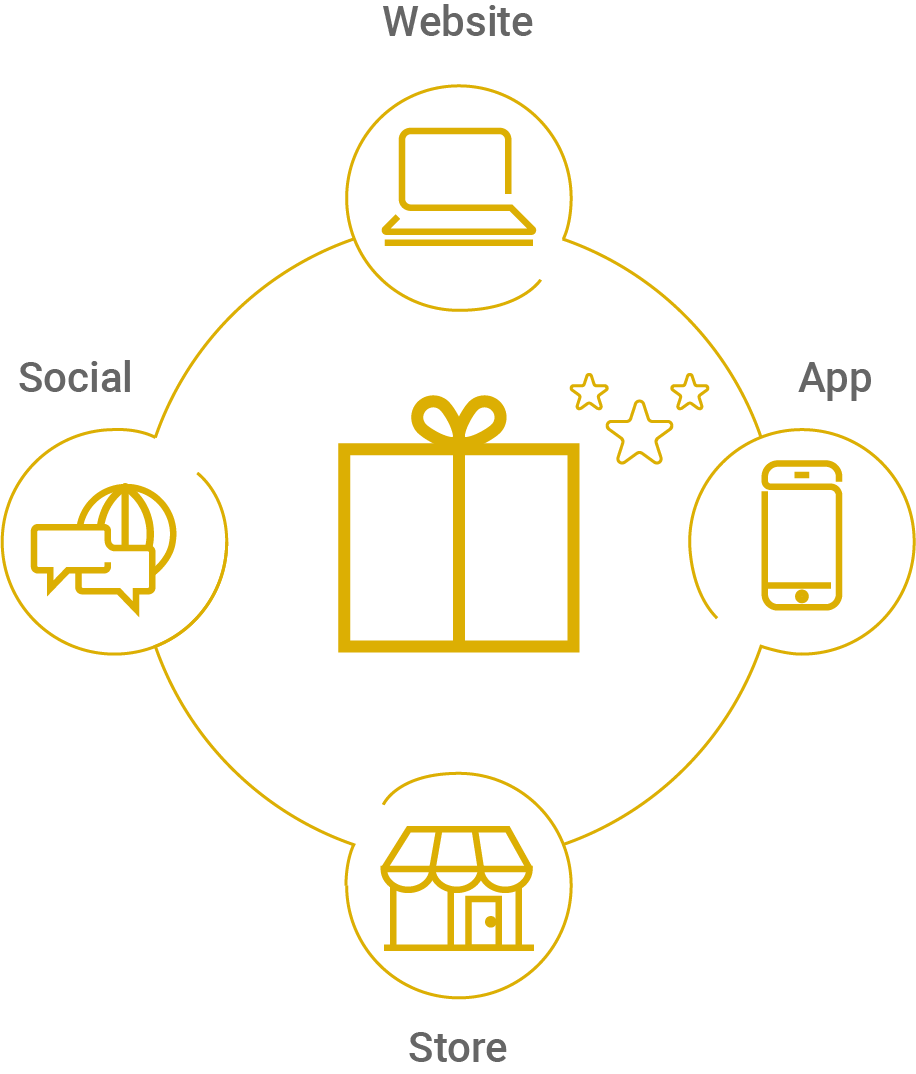All Categories
Featured
Table of Contents
In 7110, Haylie Nash and Jax Griffith Learned About Special Offers

What if you could grow your company without increasing your costs? In truth, what if you could in fact reduce your costs but increase your sales, every year? Would you do it? If you're a company owner, then you'll likely offer a resounding 'yes', an easy response to an even simpler question.
A benefits program tracks and benefits particular spending habits by the client, offering unique benefits to devoted clients who continue to shop with a specific brand. The more that the consumer invests in the store, the more advantages they get. In time, this incentive develops devoted customers out of an existing consumer base.

Even if you currently have a reward program in place, it's a great idea to dig in and fully comprehend what makes client loyalty programs work, as well as how to execute one that costs you little cash and time. Do not worry, I'll help you with that. I'll break down the primary benefits of a loyalty program and the very best methods to produce faithful consumers.
Let's dig in. Customer commitment is when a client go back to do company with your brand name over your rivals and is mainly influenced by the favorable experiences that the consumer has with your brand. The more favorable the experience, the more likely they will go back to patronize you. Customer loyalty is incredibly essential to businesses due to the fact that it will assist you grow your company and sales faster than a basic marketing strategy that focuses on recruiting brand-new clients alone.
A few ways to determine customer loyalty include:. NPS tools either send out a brand performance survey by means of email or ask consumers for feedback while they are visiting an organization's website. This information can then be utilized to better understand the probability of client commitment. A repurchase ratio measures the ratio of repeat purchasers versus one-time purchasers.
Consumer commitment index (CLI). The CLI tracks consumer loyalty gradually and is comparable to an NPS survey. Nevertheless, it takes into account a few extra elements on top of NPS like upselling and redeeming. These metrics are then utilized to assess brand name commitment. A client loyalty program is a marketing technique that rewards customers who make purchases and engage with the brand name on an ongoing basis.
Consumer rewards programs are developed to incentivize future purchases. This encourages them to continue doing service with your brand. Consumer commitment programs can be established in various ways. A popular customer commitment program rewards consumers through a points system, which can then be spent on future purchases. Another type of consumer loyalty program might reward them with member-exclusive benefits or free presents, or it might even reward them by contributing money to a charity that you and your clients are equally enthusiastic about.
In Grand Forks, ND, Lincoln Floyd and Nasir Hester Learned About Emotional Response
By offering benefits to your consumers for being loyal and helpful, you'll develop a relationship with them, deepening their relationship with your brand name and hopefully making it less most likely for them to switch to a competitor. You've most likely seen customer commitment programs in your own shopping experience, whether at your favorite cafes or your most frequented supermarket.
However even if everybody is doing it does not imply that's a great adequate factor for you to do it too. The much better you understand the advantages of a customer rewards program, the more clearness you will have as you create one for your own shop. You will not be sidetracked by interesting advantages and complex commitment points systems.
Keep in mind: work smarter, not harder. Client retention is the primary benefit of a rewards program that functions as a foundation to all of the other benefits. As you provide incentives for your existing client base to continue to purchase from your shop, you will offer your shop with a stable circulation of money month after month.
By growing your retention rate, you can stop investing as much time or cash on increasing your total number of consumers. Why is this important? Faithful consumers have a greater conversion rate than brand-new customers, implying they are more most likely to make a deal when they visit your shop than a brand-new consumer.
By increasing your retention rate by only 5 percent, you can increase your revenues by 25 percent and as much as by 95 percent. Needless to say, your retention rate matters. Secret Takeaway: If you wish to significantly increase your revenues, provide rewards for your existing consumers to continue to patronize your shop.
And you will not have to spend money on marketing to get them there. Client acquisition (aka generating brand-new customers) takes a lot of effort and money to encourage total strangers to trust your brand name, pertained to your shop, and try your products. In the end, any money earned by this new customer is overshadowed by all of the cash spent on getting them there.
Key Takeaway: If you desire to lower costs, focus on consumer retention rather of customer acquisition. When you concentrate on providing a positive tailored experience for your existing consumers, they will naturally inform their loved ones about your brand name. And with each subsequent deal, faithful clients will tell a lot more people per deal.
In 19038, Iris Browning and Rigoberto Medina Learned About Online Sales
The best part? Since these new customers came from relied on sources, they are more most likely to become faithful consumers themselves, investing more on average than new clients brought in by other marketing efforts. The Chase Ultimate Benefits program, for example, offers significant advantages for people who travel a lot.
The 'ultimate benefits' that Chase cardholders receive consist of 2x points per dollar invested in all travel purchases in addition to primary rental vehicle insurance, no foreign deal fees, journey cancellation insurance coverage, and purchase defense. For people who take a trip a lotand have disposable income to do sothere is a huge reward to spend money through the ultimate benefits program.
This entire process makes redeeming rewards something worth boasting about, which is exactly what lots of cardholders end up doing. And to help them do it, Chase offers a reward for that too. Secret Takeaway: Make it easy for your consumers to extol you and they will get the word out about your buy complimentary.
As soon as you get the essentials down, then using a loyalty rewards app can assist look after the technical details. Here are the actions to start with creating your client loyalty program. No customer wishes to buy items they don't want or need. The same chooses your loyalty program.
And the only way to tailor an alluring client loyalty program is by totally knowing your customer base. The finest method to do this? By implementing these techniques: Construct customer contact info anywhere possible. Guarantee your business is continuously constructing a comprehensive contact list that allows you to access existing clients as typically and as easily as possible.

Track client habits. Know what your customers want and when they want it. In doing so, you can expect their desires and needs and offer them with a commitment program that will please them. Categorize consumer individual characteristics and choices. Take a multi-faceted approach, do not limit your commitment program to just one avenue of success.
Encourage social networks engagement. Frame methods to engage with your consumers and target audience on social networks. They will quickly provide you with really informative feedback on your products and services, permitting you to better understand what they get out of your brand name. Once you have exercised who your consumers are and why they are working with your brand name, it's time to choose which kind of loyalty benefits program will motivate them to remain faithful to you.
In 77478, Emilie Barton and Cristopher Rangel Learned About Network Marketing
However, the most common client loyalty programs centralize around these primary principles: The points program. This kind of program focuses on gratifying consumers for each purchase they make with points in a point system. These points can then either be utilized on future purchases or put towards some type of reward.
The paid program. This type of program needs customers to pay a one-time or annual fee to join your VIP list. Commitment members who belong to this list have the ability to gain access to distinct benefits or member-exclusive benefits. The charity program. This kind of program is a little bit different than the others.
This is accomplished by encouraging them to do service with the brand name and, in return, their commitment will be rewarded with a contribution to a charity. The tier program. This type of program focuses on increasing levels of brand name commitment. The more loyal a consumer is to a brand name, the greater tier they will climb to and the better the benefits they will receive.
This kind of program is just as it sounds, where one brand name partners with another brand to provide their cumulative audiences with special member discounts or deals that they can redeem while working with either brand. The community program. This type of program incentivizes brand name loyalty by supplying its members with access to a like-minded community of people.
This kind of program is relatively similar to paid programs, however, the subscription cost takes place on a regular basis instead of a one-time payment. Next, select which customer interactions you want to reward. Base these rewards around which interactions benefit your service one of the most. For instance, to help your company out, you can use action-based rewards like these: Reward consumers more when working with your brand during a slow duration of the year or on a notoriously slow day of company.
Reward consumers for engaging with your brand name on social media. Incentivize specific products you are attempting to move quickly. Incentivize purchases that are over a specific dollar amount. The concept is to make your customer commitment program as easy as possible for your consumers to use. If your consumer commitment program isn't personnel friendly, isn't simple to track, is too pricey to run, or isn't simple for your customers to use or understand, then staff and clients alike probably will not make the most of it.
To eliminate these barriers to entry, consider integrating a client commitment software that will help you continue top of all of these aspects of your program. Some quality consumer program software application include:. CandyBar is a digital punch card program. It works by tracking your consumer's purchases through an app on a computer system, phone, or tablet.
In Parkville, MD, Yadiel Yang and Aiyana Simmons Learned About Linkedin Learning
Loyalty members can then check their rewards through text message and organization owners can use the program to contact their clients. Yotpo. Yotpo is a cloud-based customer loyalty platform specifically for eCommerce organizations. This software application is particularly proficient at collecting every kind of user-generated content, valuable for customizing a much better consumer experience.
Loopy Loyalty is a convenient customer commitment software for companies that primarily utilize Google Wallet or Apple Pay as their payment platforms. The software application develops a digital commitment card that sends out push notices to their customers' phones when they remain in close proximity to their traditional store. As soon as you have actually made the effort to choose which client commitment techniques you are going to carry out, it's time to start promoting and registering your first loyalty members.
Use in-store advertisements, integrate call-to-actions on your website, send promotions through e-mail newsletters, or upload advertising posts on social media to get your consumers to join. It's essential to understand the primary benefits of a consumer rewards program so that you can produce a customized experience for both you and your consumer.
Think about it. You know what type of products your customers like to purchase but do you know what brings them back, day after day, week after week? What makes them pick your shop over the shop across the street? What makes them your customer and not the client of your biggest rival? Surprisingly, the answers to these concerns do not boil down to discount prices or quality items.
Latest Posts
Web Design Blog - Webdesigner Depot Webdesigner Depot Tips and Tricks:
What Does A Web Designer Do? - Careerexplorer Tips and Tricks:
Responsive Web Design - A List Apart Tips and Tricks: